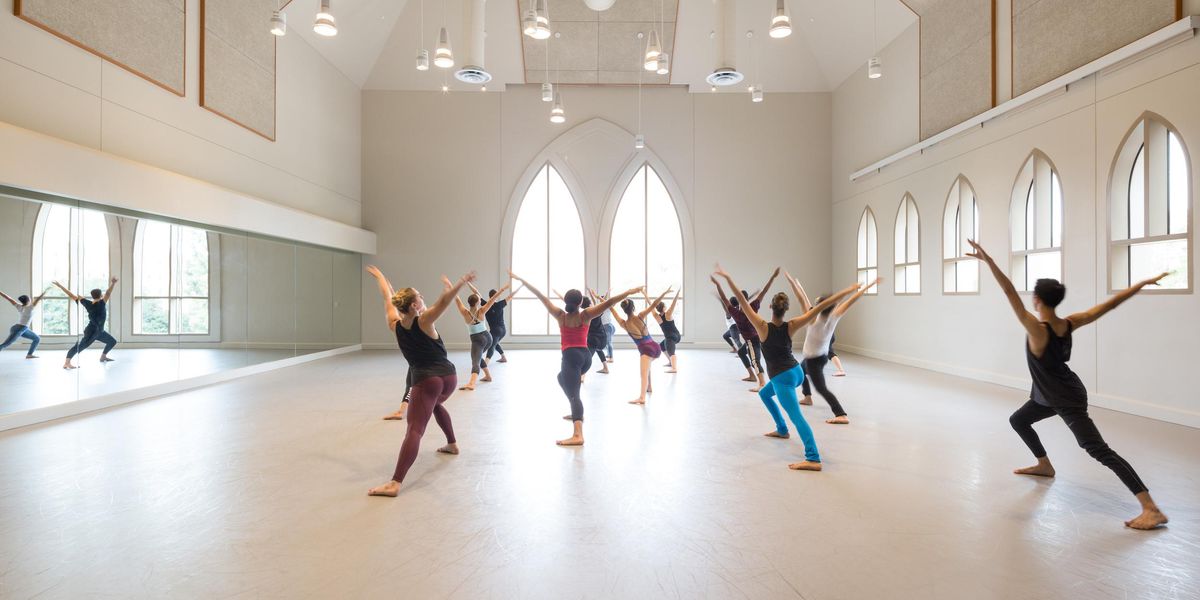Advice for Dancers: Should You Get Bunion Surgery?
Ever since my last gig in a Broadway show ended, I’ve felt like a loser without any purpose. I’m embarrassed to answer the inevitable questions from people who are curious about what I’m doing. Trying to find a job as a gypsy is depressing. It seems like an endless cycle of auditions that lead nowhere, and waiting tables to pay the rent. How can I feel good about myself?
—Lara, New York, NY
The problem is not being intermittently unemployed, since that’s the norm for a Broadway gypsy. It’s how you judge yourself that’s getting you down. You need to see all of your preparations as purposeful. For example, daily classes and cross-training at the gym are an important part of your life, serving the dual purpose of getting you into shape and networking with your peers. Of course, it also helps to have a meaningful survival job that’s both fulfilling and pays more than the minimum wage. Consider getting training in a particular interest, such as Pilates, photography or massage therapy to boost your morale. You can also contact Career Transition For Dancers for free vocational help (careertransition.org). Finally, be aware that most people are not judging the fact that you are in between gigs in a negative light. Instead, they are more likely to be in awe of your dedication. Your other friends in theater can surely relate to your worries, since the search for gigs and side jobs is all part of the gypsy lifestyle. You are not alone!
I have a bunion that’s developed fluid over a short period of time. My orthopedist says removing the bunion would interfere with my ability to dance, but my big toe is crooked, affecting all the other toes in the assembly line. What can I do?
—Name Withheld, Dallas, TX
Your doctor is right. Serious dancers should avoid bunion surgery until after they retire, since the procedure usually limits demi-pointe in grand plié and relevé. Fortunately, your doctor can drain the sac (or “bursa”) over your bunion. The only caveat is you can’t wear pointe or character shoes for a week to 10 days after it’s drained or else you run the risk of fluid returning. To keep your big toe straight, place a spacer between the first and second toes, or have a physical therapist show you how to tape it. Wearing wide shoes and sandals will also help prevent further fluid buildup.
I always read your advice column and have learned that it’s better to get feedback from a director rather than letting my thoughts run wild. I finally took the plunge last week and asked why I wasn’t performing more onstage. Surprise! My director thinks my technique and artistry have improved, but he’s watching to see if I can maintain this higher level over the season. I feel really psyched. Thank you so much!
—Aspiring Ballerina, Pittsburgh, PA
My pleasure! As you’ve discovered, you cannot read your director’s mind, and it’s common to imagine the worst-case scenario. By asking for input, you show that you’re open to constructive criticism—both good and bad. If you can apply your director’s advice, this gives you a competitive edge. The trick, in your case, is to use the information to stay consistent without getting bogged down by negative thinking as you wait for a chance to showcase your newfound skills. Remember, directors must juggle repertoire and casting months in advance. They also want to reward the hard work of their more senior dancers, while nurturing younger talent. Now that you know what he wants from you, the ball is in your court. Go for it!
Send your questions to:
Dr. Linda Hamilton
2000 Broadway, PH2C, New York, NY 10023
email: [email protected]
Former New York City Ballet dancer Linda Hamilton, Ph.D., is a psychologist in private practice, the author of Advice for Dancers (Jossey-Bass) and co-author of The Dancer’s Way: The New York City Ballet Guide to Mind, Body, and Nutrition (St. Martin’s Griffin). Her website is drlindahamilton.com.
Send your questions to:
Dr. Linda Hamilton
2000 Broadway, PH2C, New York, NY 10023
email: [email protected]
Former New York City Ballet dancer Linda Hamilton, Ph.D., is a psychologist in private practice, the author of Advice for Dancers (Jossey-Bass) and co-author of The Dancer’s Way: The New York City Ballet Guide to Mind, Body, and Nutrition (St. Martin’s Griffin). Her website is drlindahamilton.com.
– See more at: http://dancemagazine.com/issues/April-2014/Advice-for-Dancers-Protect-Your-Bare-Feet#sthash.OFGpjzo9.dpuf
Send your questions to:
Dr. Linda Hamilton
2000 Broadway, PH2C, New York, NY 10023
email: [email protected]
Former New York City Ballet dancer Linda Hamilton, Ph.D., is a psychologist in private practice, the author of Advice for Dancers (Jossey-Bass) and co-author of The Dancer’s Way: The New York City Ballet Guide to Mind, Body, and Nutrition (St. Martin’s Griffin). Her website is drlindahamilton.com.
– See more at: http://dancemagazine.com/issues/April-2014/Advice-for-Dancers-Protect-Your-Bare-Feet#sthash.OFGpjzo9.dpuf
Send your questions to:
Dr. Linda Hamilton
2000 Broadway, PH2C, New York, NY 10023
email: [email protected]
Former New York City Ballet dancer Linda Hamilton, Ph.D., is a psychologist in private practice, the author of Advice for Dancers (Jossey-Bass) and co-author of The Dancer’s Way: The New York City Ballet Guide to Mind, Body, and Nutrition (St. Martin’s Griffin). Her website is drlindahamilton.com.
– See more at: http://dancemagazine.com/issues/April-2014/Advice-for-Dancers-Protect-Your-Bare-Feet#sthash.OFGpjzo9.dpuf
Photos: Nathan Sayers; modeled by Courtney Spears of the Ailey/Fordham BFA Program.




